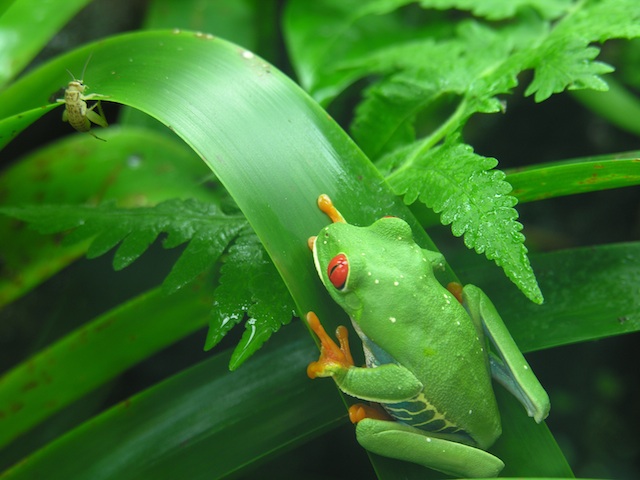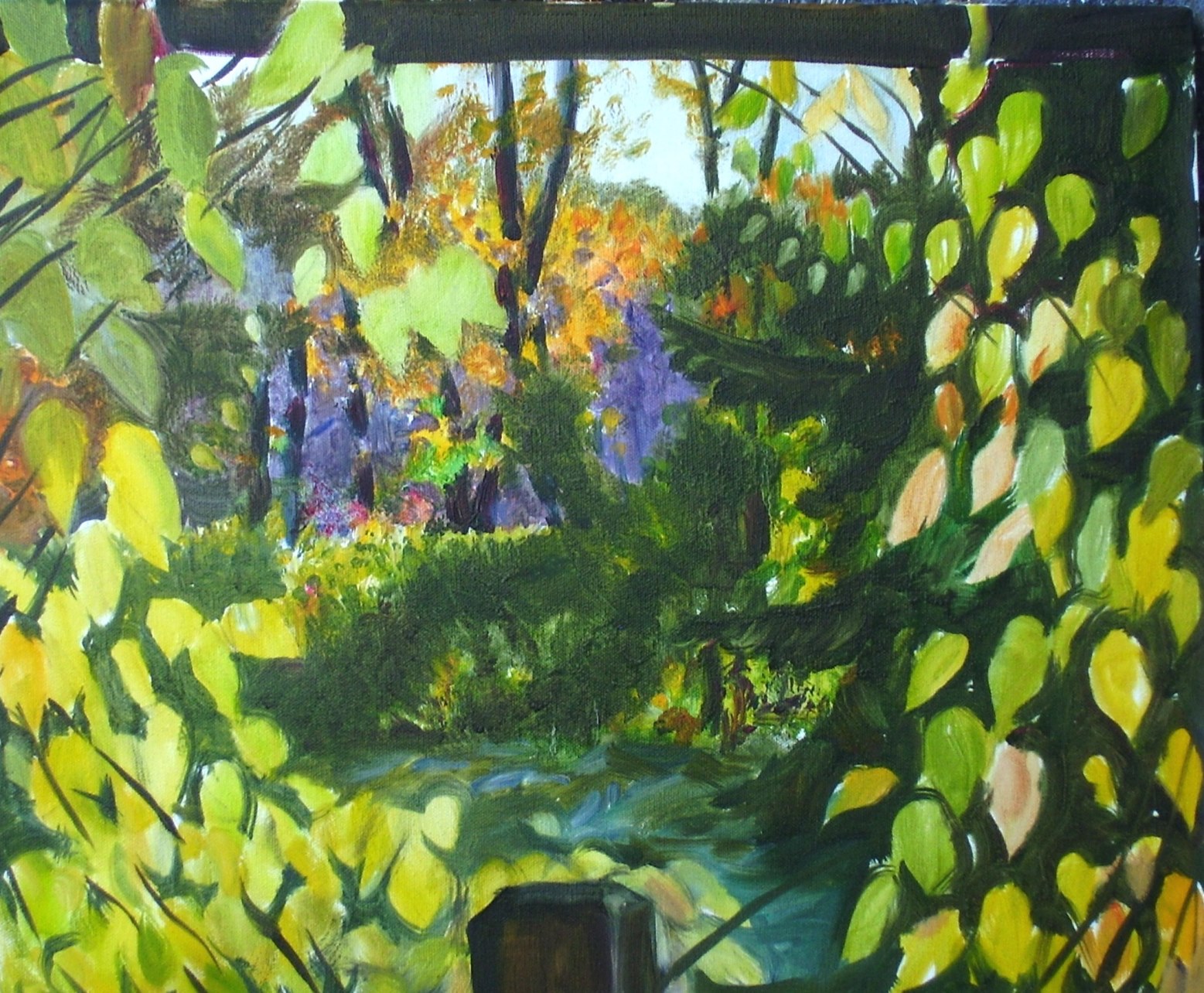I’d like to introduce myself and my purpose here on this first blog post. The purpose is easier and more organized than I am, so I will begin there. This whole website, actually serves to introduce, explain, cajole, inspire, delight and entice the visitor with the idea that our Earth is a living being. That’s right – one living being – not 10 billion, but one, all together, with a mind and seemingly a heart, who has intentions and who makes decisions. The preceding list of verbs is needed because we all learn in different ways. What can get through to one person may be a good essay, but to another it might enter through a song. Fundamentally this is not an easy idea. If it were, it would be the most obvious thing on Earth, and we would all know it.
I have found, instead, that even with powerful visions and intellectual inspiration, the idea does not grow quickly or easily. There is a lot in the way inside me – ways of thinking, assumptions about the world, that I have operated with ever since my school-days. These attitudes create a solid floor from which I see and estimate everything. It has been necessary to dismantle the floor, and it is taking a long time. I am still opening up to new vistas, new experiences and deeper understanding of this world that creates and surrounds us at every turn.

One part of the “floor” is an automatic assumption that everything, including the Earth, can be objectively observed. We can all see clear, objective photographs of Earth from satellites, but the living Earth that is being honored on this web-site arises from a hierarchy of ecological webs that are scarcely visible in any of our photographs. Zoom in from this whole Earth to the leaves of a tree in the Amazon jungle, to insects crawling, perhaps eating a leaf, and a frog waiting patiently for an insect to come within range of its long tongue. These are not random encounters. Each one of the beings has an ongoing relationship to the other beings – the insect to the tree, frog to insect, and even frog to tree, because it regulates the population of the insect. Now multiply by the number of species of leaf-eating insects in the Amazon – maybe half a million kinds (and how many trillion of actual insects?) – and a web of interconnection is revealed that goes far beyond our ability to conceive. The automatic urge to “observe” perhaps automatically says: “Well, all these half million insects are basically the same, so we can treat them as a unit.” But they aren’t – these insects span a range of form and behavior that is fascinatingly varied. So too their relations with both trees and predators.

With this realization, the machine of observation can perhaps be slowed to a halt, and you can get out of the cab and look around with wonder, feel the air, listen to unknown noises, and feel the presence of a woven entity that actually includes you, the former observer. You are still observing. Perhaps now for the first time an automatic machine is left behind that was actually blocking out much of what is to be seen and felt. Seen in this moment, the observation vehicle was not so much an observation technique as a way of applying a world-view to the stream of observation, and thereby narrowing the real observations to a parching trickle.
That observation vehicle is still there, motor running, ready to run away with me, but now perhaps I can allow the separate observations to connect with others, to let them be twigs that weave together into a nest for a great big bird.

